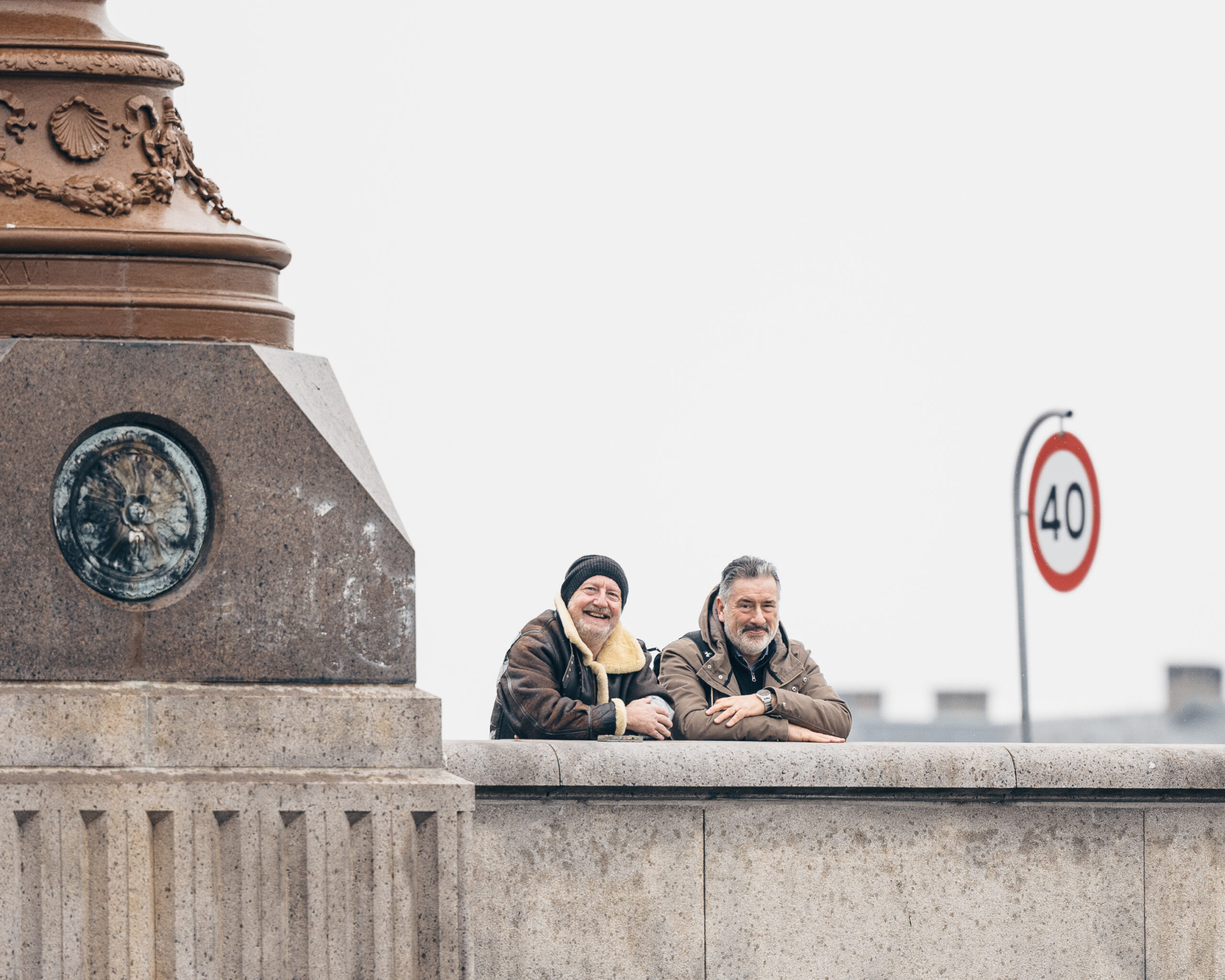A couple of years ago, the Royal Danish Ballet toured America, prompting the New York Times dance critic, Alastair Macaulay, to comment on the Danish contribution to the world of ballet. He wrote that “the essence of youthful spontaneity” is inscribed into the dances of August Bournonville – the 19th century ballet master who invented the style in which Danish Royal dancers still train today. The company is now about to premiere a full-length narrative ballet for which expertise in youthful spontaneity is in order: John Neumeier’s Romeo and Juliet.
The ballet is based on Shakespeare’s tale about Romeo and Juliet’s short and doomed love. Like the play, it depicts four deliriously eventful days in Verona that begin with the teenage kids of the Capulets and Montagues falling in love at a ball. Hatred, romance and revenge follow, before the young lovers’ deaths bring a dramatic end to their bliss.
Countless choreographies have been created for Shakespeare’s tragedy − and most of them use Sergei Prokoviev’s score from 1938, which includes the magnificent ‘Dance of the Knights’.
Neumeier’s interpretation of Romeo and Juliet was first performed in Copenhagen in 1974. His interest isn’t in showing off the dancers’ virtuosity for its own sake. As was the case with The Lady of the Camellias, which the Royal Danish Ballet danced last spring, he instead uses movement as a means of characterisation. The lovers appear as imperfect teenagers, and not the obligatory graceful royals – or otherworldly creatures – that we tend to encounter on ballet stages.
The choreography introduces Juliet as a naïve girl who gradually gains agency as the ballet unfolds. She grows up in the face of the conflict between loyalty to her family and her newfound love. Romeo enters the scene with steps that suggest his confidence, but is gradually disarmed by his love for Juliet. The pas de deux between the two lovers develops from delicate to passionate.
In theatre, finding young actors who can carry the parts is a challenge. And yet, nothing is as unconvincing as Romeo and Juliet as a middle-aged couple. This is less of an issue in ballet, where dancers typically keep a youthful appearance until their careers end in their 30s. Still, not every distinguished dancer makes a good Romeo or Juliet. In the upcoming production, two ballerinas with outstanding charm and acting-talent share the part of Juliet: principal Susanne Grinder and corps de ballet member Ida Praetorius. Grinder recently dazzled audiences with her lead performances in The Nutcracker, A Folk’s Tale and Neumeier’s Lady of the Camellias. And Praetorius, who left the Royal Danish Ballet School only some years ago, has since excelled as the student in Flemming Flindt’s The Lesson and added to the high standard of the company’s corps de ballet. She was awarded the prestigious Reumert Talent Prize last year.
Romeo and Juliet
Gamle Scene, Kongens Nytorv, Cph K; Starts Friday, ends May 7; performances at 20:00 on Fri, Sat, Wed, April 3, April 16, April 18, April 20, April 22, April 26, May 7; tickets 95–695kr; introduction 45 mins before every performance in the balcony foyer (in Danish); www.kglteater.dk











